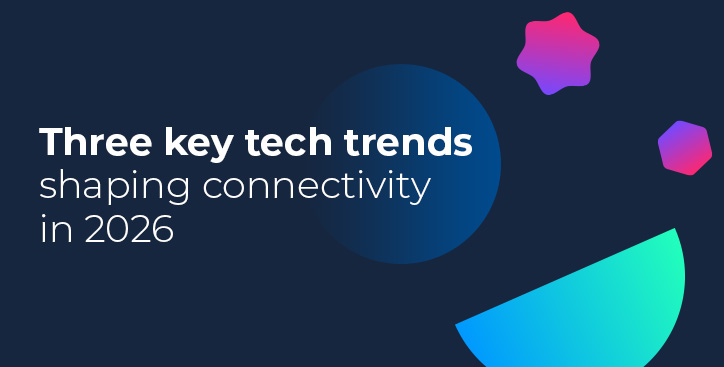The growing sophistication of cloud-based applications and services is shifting the stress point from the data centres themselves on to network connectivity. Current and future applications, such as online gaming, IoT and industrial automation feature many moving parts, often spread over a number of data centres, which must all work in unison to ensure the best customer experience.
The biggest cloud providers, such as Amazon, Microsoft, Google, and Tencent, have overcome data center interconnect challenges by creating their own private backbones between locations. Large enterprises have similar requirements, with all kinds of businesses using collocation data centers in multiple locations, driving a demand for interconnect within and between data center facilities.
The lag impact, from gaming to finance
The trend is apparent from online gaming companies, which rely on low latency, ‘lag’ or ‘ping time’ to deliver their best experience, through to financial trading networks which put just as much emphasis on lag and latency for making trades.
The solution has been to move servers closer to their customers to cut down on network lag and latency but the same is true of interconnected assets within the data centre.
This month, Microsoft began previewing a capability called Proximity Placement Groups, designed to improve the performance of complex applications within the Azure cloud infrastructure. It’s another level of control for organizations running multi-tier applications - those that rely on multiple virtual machines for example - to ensure that those assets sit within the same Azure data center, to ensure optimal performance.
According to Microsoft: “When you assign your virtual machines to a proximity placement group, the virtual machines are placed in the same data center, resulting in lower and deterministic latency for your applications.”
Maintaining performance in a mega-cloud
This development is being driven less by the growth of enterprise applications however and more by the rapid growth of the cloud providers themselves, which are already occupying vast hyper-scale data centers the size of football fields.
"As the Azure footprint grows, a single availability zone may span multiple physical data centers resulting in network latency that can impact your overall application performance," Microsoft's announcement said.
The capability is still a preview however, and as such there's no service-level agreement. Microsoft also warns it's not ready for production workloads yet.
The Proximity Placement Groups preview is currently available in all Azure regions except Japan East, Australia East and India Central.
![CCT - Blog Application performance [resized]](https://blog.consoleconnect.com/hubfs/CCT%20-%20Blog%20Application%20performance%20%5Bresized%5D.png)



.jpg)





.jpg)